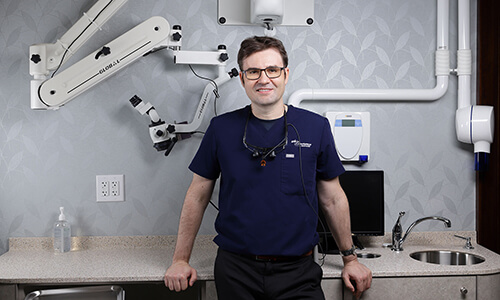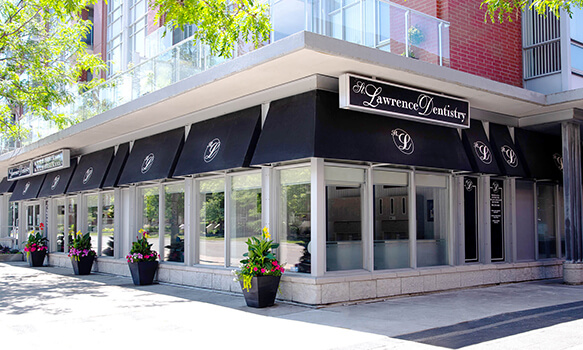The human smile has been a work in progress for over 200,000 years, and it is complex and beautiful.
At St. Lawrence Dentistry, Dr. Hawryluk understands that to provide the best care, one must appreciate the journey of dental evolution. This blog post delves into how human teeth have changed over the millennia and what these changes tell us about our ancestors’ lives and oral health.
The Dawn of Homo Sapiens
The first anatomically modern humans appeared around 200,000 years ago, with dental structures quite similar to those we have today. However, our ancestors diet was vastly different, relying heavily on raw plants, meat, and fibrous foods. This diet required robust teeth, especially molars with large crowns and thick enamel, to grind and break down tough food materials.

The Agricultural Revolution: A Turning Point
Fast forward to about 10,000 years ago, the Agricultural Revolution brought about significant changes in the human diet and, consequently, in our dental structure. The shift from hunter-gatherer societies to farming meant softer diets, consisting more of grains and cooked foods. This dietary change reduced the size of human jaws but not the number of teeth, causing crowding and dental problems like malocclusion (misalignment between the upper and lower teeth) and impacted wisdom teeth.
Industrial Age Advancements
The Industrial Revolution, starting in the late 18th century, further transformed diets by introducing refined sugars and processed foods, exacerbating dental issues like cavities and tooth decay. These problems were virtually nonexistent in prehistoric populations. The softer, less fibrous diet also contributed to the continuing reduction in jaw size. This trend has led to the common dental alignment problems we address at St. Lawrence Dentistry today.
Modern Dental Health: A New Perspective
The changes that began tens of thousands of years ago have culminated in a set of common dental challenges in contemporary society, including tooth decay, periodontal disease, and orthodontic issues like crowded teeth. At St. Lawrence Dentistry, we’re equipped with the knowledge and technology to address these modern issues, drawing on lessons from the past to inform our treatments.
Conclusion: Looking Back to Move Forward
The story of human dental evolution is a testament to our species incredible adaptability. At St. Lawrence Dentistry, Dr. Hawryluk emphasizes the importance of understanding this evolutionary journey to provide care that addresses current dental issues and anticipates future challenges. By reviewing our dental history, we can move forward with treatments that are informed, effective, and tailored to each patient’s unique needs.

Remember, your teeth are a legacy of your ancestors adaptation and evolution. Taking care of them is about maintaining your smile and honoring a history that spans hundreds of thousands of years. Trust St. Lawrence Dentistry to be part of your journey toward optimal dental health, where modern care meets the wisdom of the ages.
- St. Lawrence Dentistry Looks Forward To St. Patrick’s Day! - March 12, 2025
- Understanding Dental X-Rays and Radiation: What You Should Know - January 13, 2025
- Happy New Year from St. Lawrence Dentistry! - December 30, 2024










